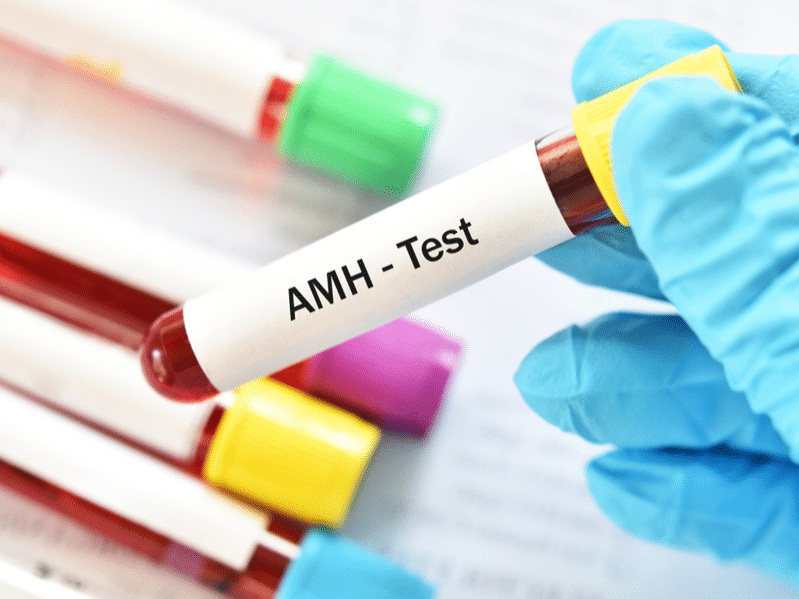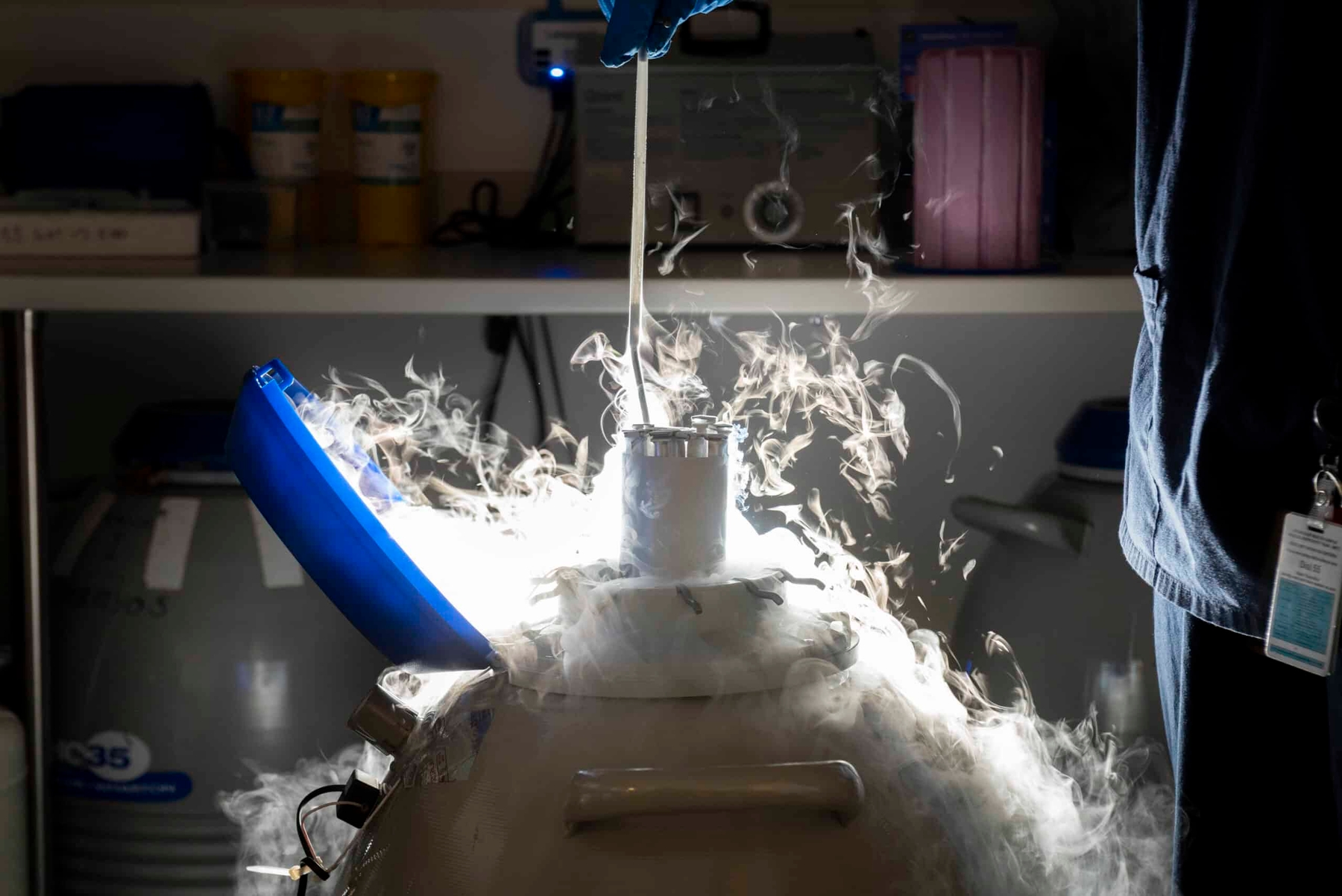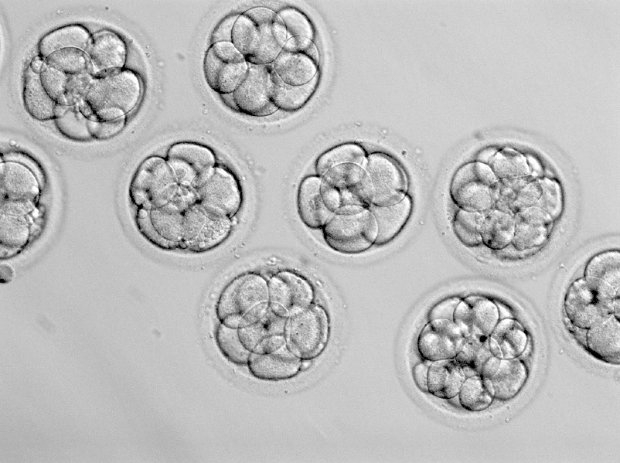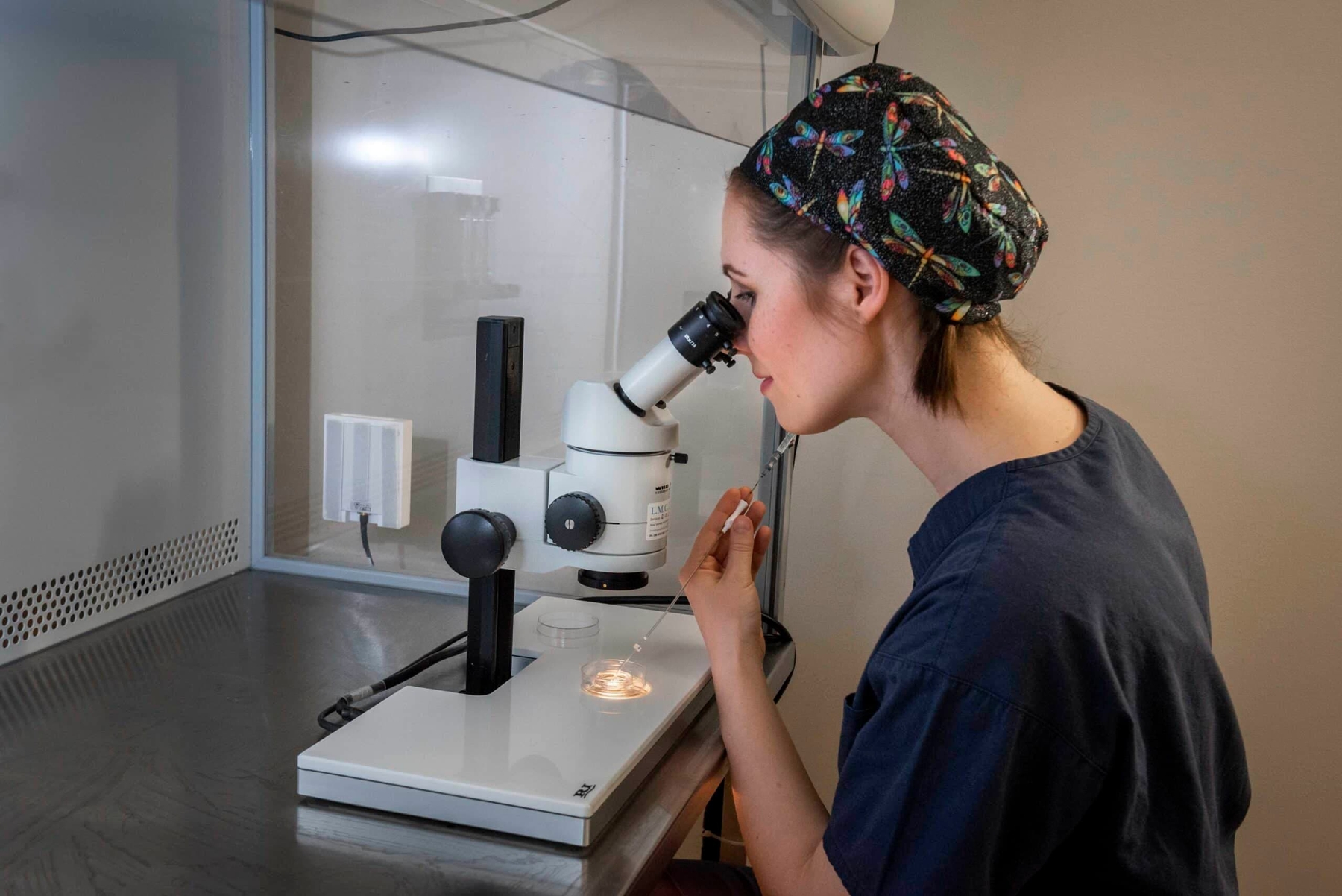Resources
Why donor treatment with a licensed and regulated provider is a better, safer option.
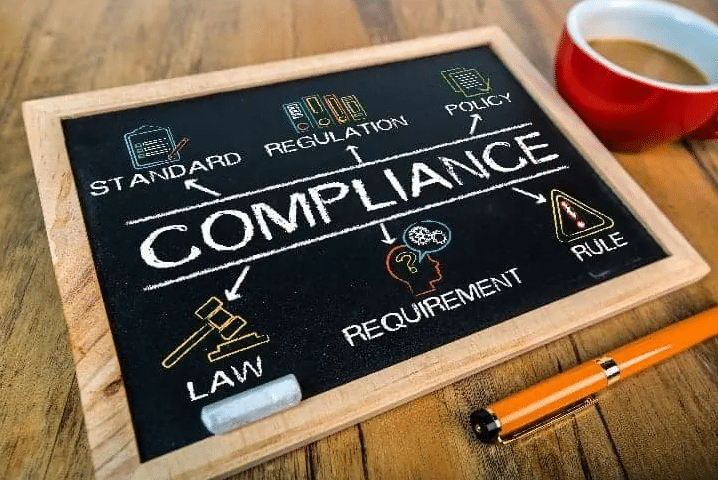
In 2019, 60 Minutes released a report on “Joe Donor” which struck fear into the hearts of most fertility clinic staff – the notion of one man single-handedly travelling the globe to inseminate all in need with samples of his own, fresh semen produced in a seedy motel. No background checks, no biological testing, just blind faith that this man was telling the truth. Disturbingly, the program also revealed local, Australian groups whose sole purpose is to unite donors and recipients and facilitate unregulated donor insemination via natural insemination (NI – intercourse), artificial insemination (AI) or even partial insemination.
These groups seem to sow the seed of fear into their followers, telling stories of clinic horrors: clinic employees using their own semen, clinic donors lying about their attributes, power supply issues and an overwhelming focus on “clinic dissatisfaction”, with no attention paid to the thousands of babies born and families created without issue. Notably, many of the horror stories that we have seen referred to have not taken place in Australia, where practices surrounding artificial insemination and the use of donor gametes is amongst the most highly regulated in the world.
So, why do these unregulated practices scare us?
It’s because we know how fraught with danger it can be. We have had extensive training and worked in the field for more years than we care to admit. We have seen and heard the problems first hand and we know why the legislation and regulation exists. To imply that it is all about money is simply untrue.

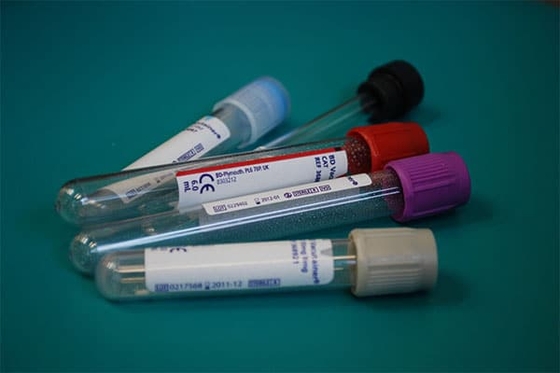
Clinic donors undergo comprehensive screening blood tests for infectious diseases.
These tests are carried out by registered, licensed pathology service providers and the results are interpreted by highly qualified clinicians. They are not only tested for blood borne diseases like hepatitis antibodies AND antigens (to reveal not only whether someone has an active infection but also whether they have been infected or immunised in the past) and HIV, but for sexually transmitted infections (STIs) like syphilis, gonorrhoea and chlamydia. They also have their blood group, hormone levels, full blood count and karyotype ascertained, which can flag any potential issues in regards to compatibility (Rhesus incompatibility during pregnancy can cause complications during pregnancy) and possible disease.
Clinic donors undergo genetic screening too.
And this goes way beyond a basic karyotype, which is simply a picture of an individual’s chromosomes. In accordance with the latest Royal Australian and New Zealand College of Obstetrics and Gynaecology (RANZCOG) Guidelines, all women and couples planning pregnancy should be offered genetic carrier screening for genetic conditions, irrespective of the presence or absence of a family history of a genetic condition or the ethnicity of the individuals1. Screening should ideally be prior to a pregnancy, so reproductive options are available to the patient/s such as preimplantation genetic testing (PGT) or non-invasive prenatal testing (NIPT).
At Fertility North, donors AND recipients undergo comprehensive carrier screening, by way of a Beacon Screening Test. This simple blood test is used to identify carriers of >350 autosomal recessive mutations and (for female patients) >50 X-linked recessive mutations which cause serious childhood-onset disorders. Approximately 70% of Australian individuals are identified as carriers for one or more disorders using this investigation: in a recent study of over 30 000 people, 1 in 3.4 people were a carrier of at least one condition! 2 Most carriers do not have a family history of relatives affected by the disorder and are unaware that they are carriers. So for us, forewarned is forearmed.
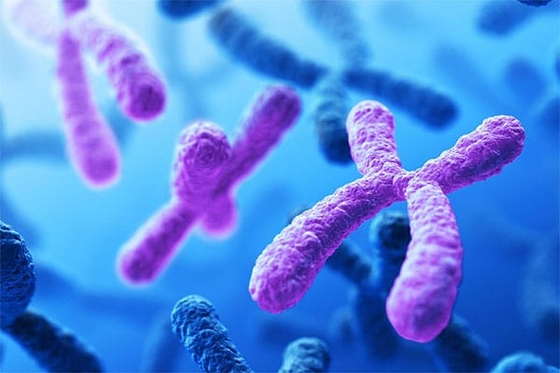
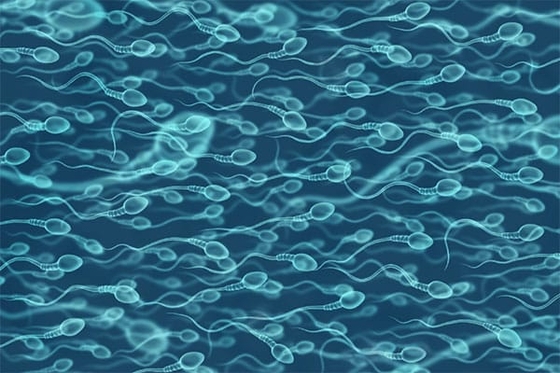
And it goes beyond a basic semen analysis.
Yes, we know the sperm motility, morphology and count for each semen sample, but Fertility North donors also have their sperm DNA integrity tested and sperm antibodies checked. These tests are used by our staff to determine not just the quantity of sperm present, but the quality as well and are not routinely available at your local pathology provider, nor in a kit bought from an online supplier. Each and every sample is thoroughly analysed by staff with years of professional training and experience, so we can be sure that it meets the required criteria for use. Private donors may have had one or two semen analysis, but it is unlikely that they can provide quality assurance results, completed in accordance with international standards (ISO 15189)3 and recommendations from the World Health Organisation4 for each and every sample they produce for an at-home treatment. But we can!
Controlled collection conditions and sample traceability.
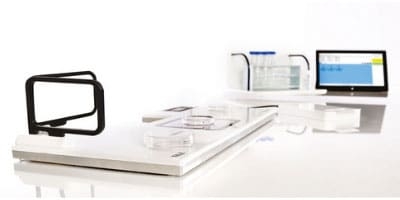
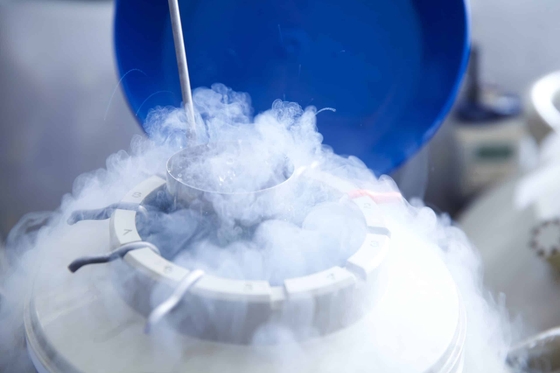
And where is the semen stored during this time?
It is locked within a secure storage vessel, behind two electronically locked doors, for which only specified staff have access, within a private hospital equipped with CCTV and 24 hour security. The storage vessel is connected to a continuous monitoring system, which feeds information back to a monitoring program every 15 minutes. If one sensor misses so much as one of its scheduled readings, our staff receive an alert and can log in electronically within minutes to determine the cause of the alert. Our back up power (hospital generator) has back up power (uninterrupted power supply batteries) and this system is checked daily and tested monthly. We have read the horror stories too, and do not ever want to see our own name up in lights for all the wrong reasons.
And it’s not only the donor’s physical attributes we are concerned about.
All donors (and recipients), under WA law, must undergo at least two sessions of Psychosocial counselling six months apart. These sessions must be conducted by an Australia and New Zealand Infertility Counsellors Association (ANZICA) accredited counsellor, a Psychologist who has undertaken training in the unique psychosocial factors that donors (and recipients) must consider. What are the donor’s motivators for donating? Are they aware of their legal rights and responsibilities? How to tell future partner/s about being a donor? Implications for the donor’s own children? How to react when donor offspring seek contact with their donor parent? Donating sperm might seem a straightforward enough transaction, but there are a myriad of issues that require due consideration.

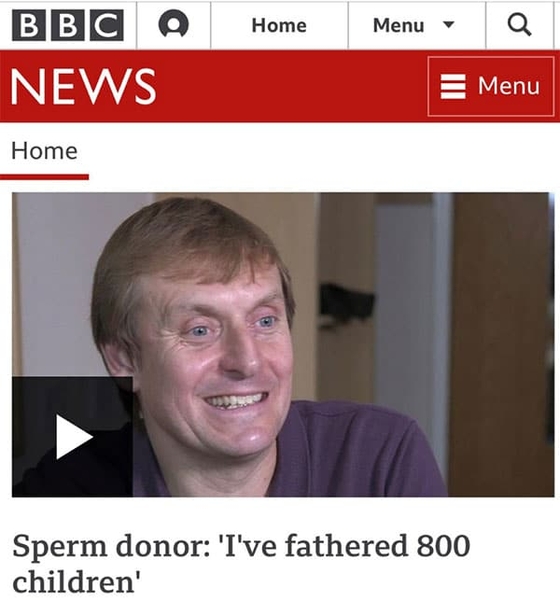
References
- https://ranzcog.edu.au/RANZCOG_SITE/media/RANZCOG-MEDIA/Women%27s%20Health/Statement%20and%20guidelines/Clinical-Obstetrics/Genetic-carrier-screening(C-Obs-63)New-March-2019_1.pdf?ext=.pdf
- Norman R, van Gool K, Hall J, Delatycki M, J. M. Cost-effectiveness of carrier screening for cystic fibrosis in Australia. J Cyst Fibros. 2012;11:281-7.
- ISO 15189. Medical laboratories – Requirements for quality and competence.Geneva, Switzerland: International Organization for Standardization; 2012.
- WHO laboratory manual for the examination and processing of human semen (5th edition), World Health Organization, 2010
- https://www.aph.gov.au/Parliamentary_Business/Committees/Senate/Legal_and_Constitutional_Affairs/Completed_inquiries/2010-13/donorconception/report/c05
- Human Reproductive Technology Act of Western Australia, 1991. https://www.rtc.org.au/wp-content/uploads/2016/11/HRT-Act-1991-WA-July-2016.pdf
- Directions under the HRT Act WA (2004) https://www.rtc.org.au/wp-content/uploads/2016/11/gg201.pdf
- Surrogacy Act 2008 https://www.rtc.org.au/wp-content/uploads/2016/12/Surrogacy-Act-2008-WA.pdf
- Ethical guidelines on the use of assisted reproductive technology in clinical practice and research (2017) https://www.nhmrc.gov.au/about-us/publications/ethical-guidelines-use-assisted-reproductive-technology
- Reproductive Technology Accreditation Committee (RTAC) Code of Practice, 2017. https://www.fertilitysociety.com.au/wp-content/uploads/2017-RTAC-ANZ-COP-FINAL-1.pdf
- Family Law Act, 1975. https://www.legislation.gov.au/Details/C2019C00101


